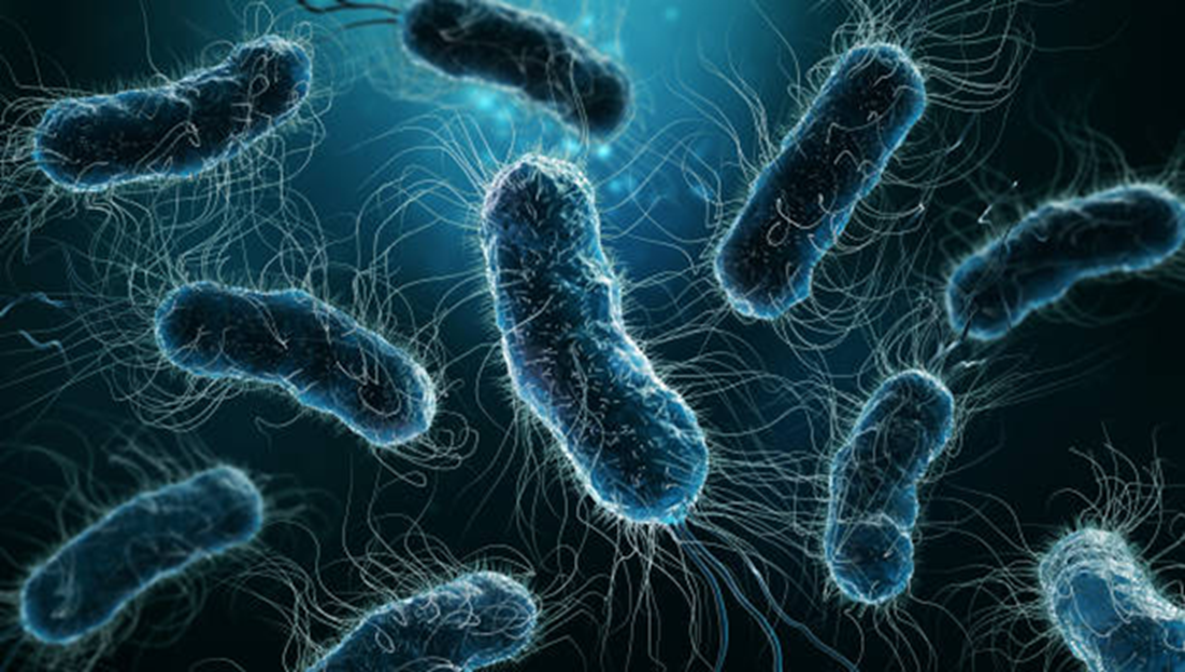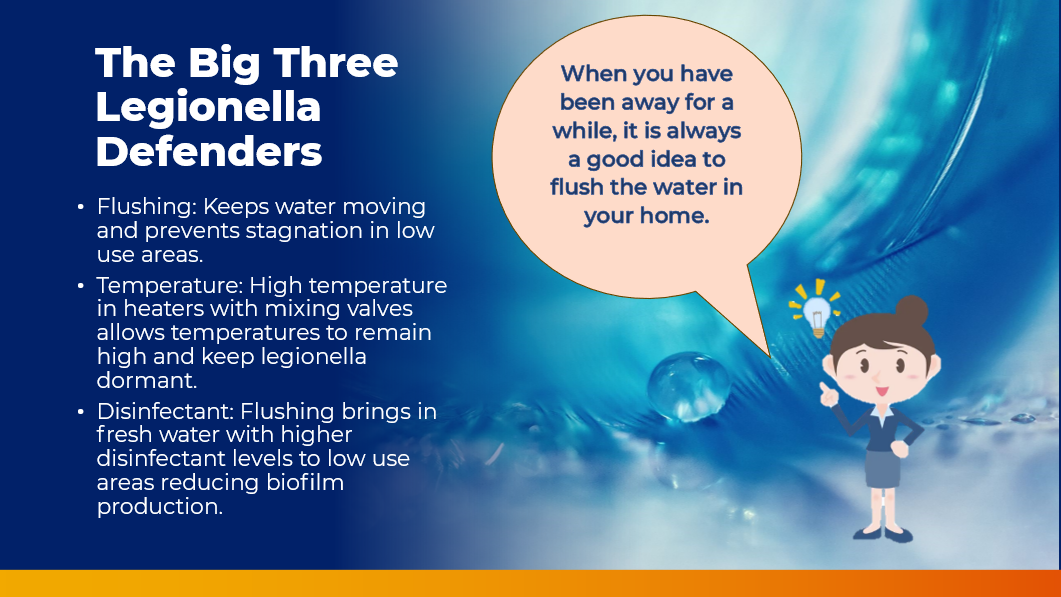Headlines
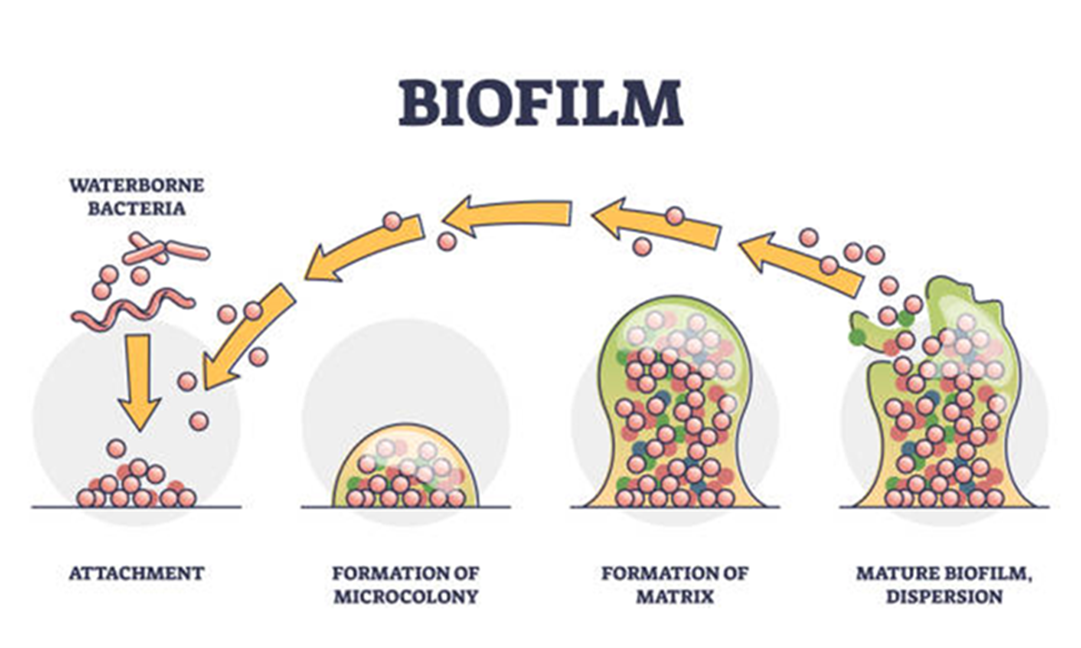
- Legionella is a type of bacteria that can't be seen with a regular microscope, are rod-shaped, and “Gram-negative” (stain pink or red when prepared for viewing under a special microscope). It needs oxygen to survive ("aerobic") and lives inside other cells ("intracellular"). There are many different types of this bacteria, called "serogroups" – over 15 in total.
- You can find Legionella bacteria in freshwater like lakes and rivers. They often live inside tiny single-celled organisms called "protozoa." This is where they hang out and multiply.
- Legionella bacteria can stick together with other bacteria to form "biofilms." These are like slimy layers that protect the bacteria. Biofilms make it hard to kill Legionella with antibiotics, chlorine (like in swimming pools), or even high temperatures.

Legionella lives in many natural water sources like lakes, streams and rivers.
When we take water from these places to use in our homes and buildings, Legionella can sometimes come along with it.
Even if your water is treated, it might not completely get rid of Legionella. While public water utilities must provide safe drinking water; tap water is not sterile, meaning it might have germs in it. Small amounts of this bacteria can slip through the system and end up in your pipes.

When nearby construction (jackhammering) and problems like breaks, leaks or flooding damage the pipes, dirt and bacteria/germs can also get into the water
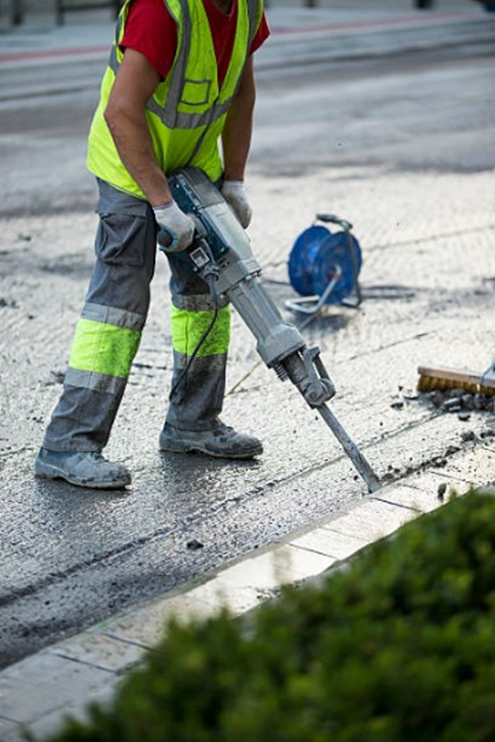
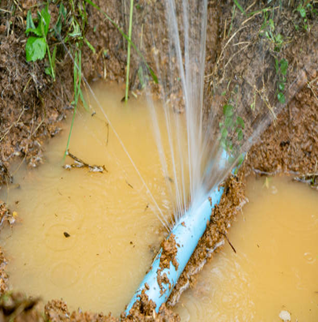
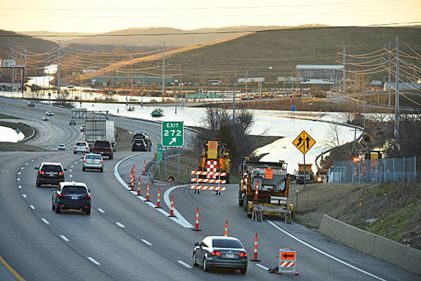
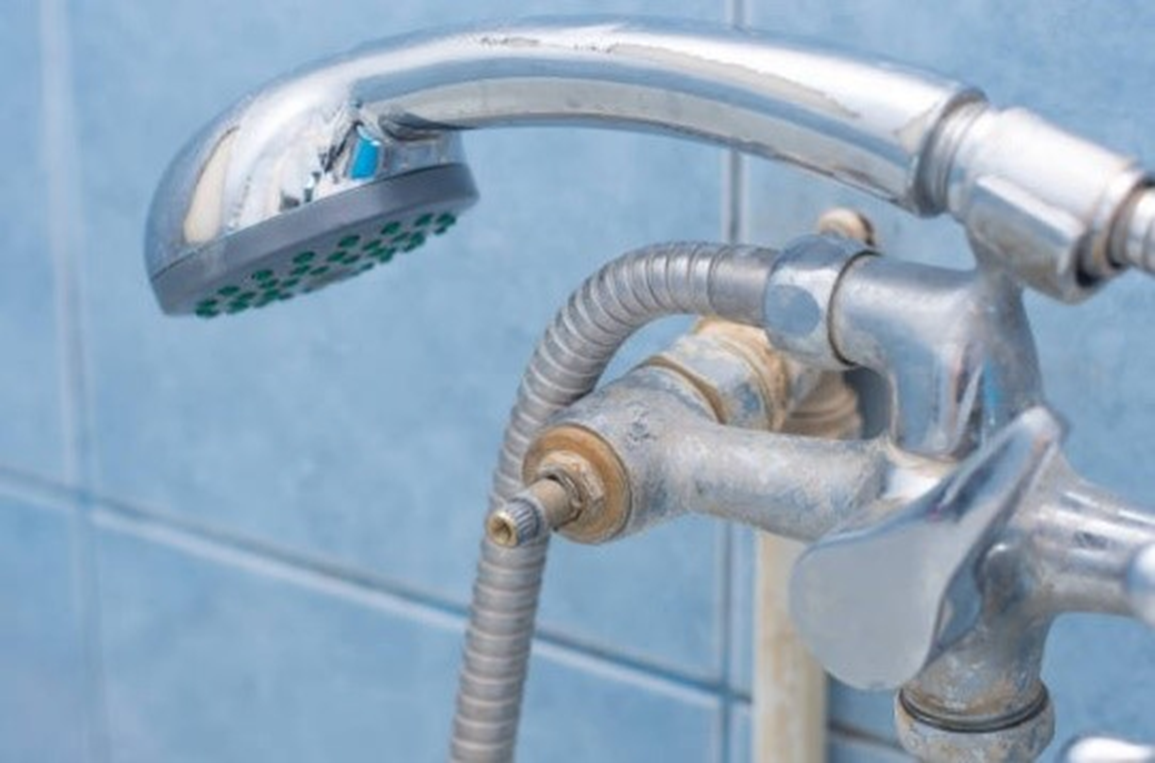
Legionella grows best in water that is warm, between 68- and 122-°F.
When the water is too hot or too cold, the bacteria cannot grow as well.
However, many buildings keep their water at just the right temperature for Legionella to thrive.
This can lead to the bacteria growing in your pipes and coming out of faucets, showerheads and other water outlets.
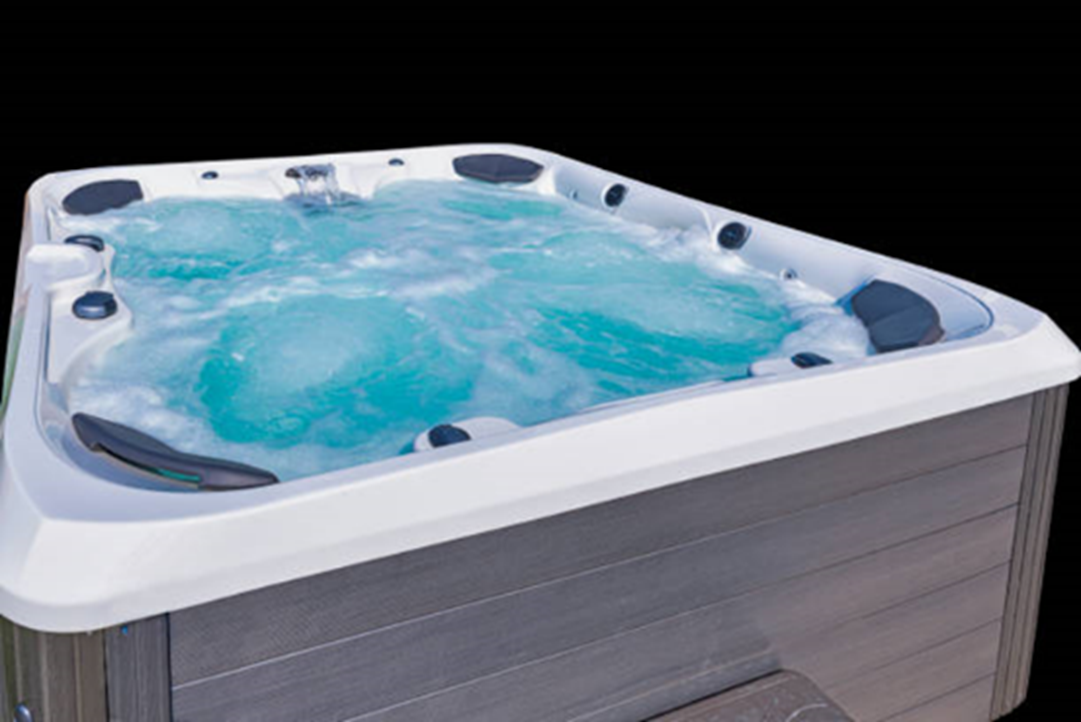

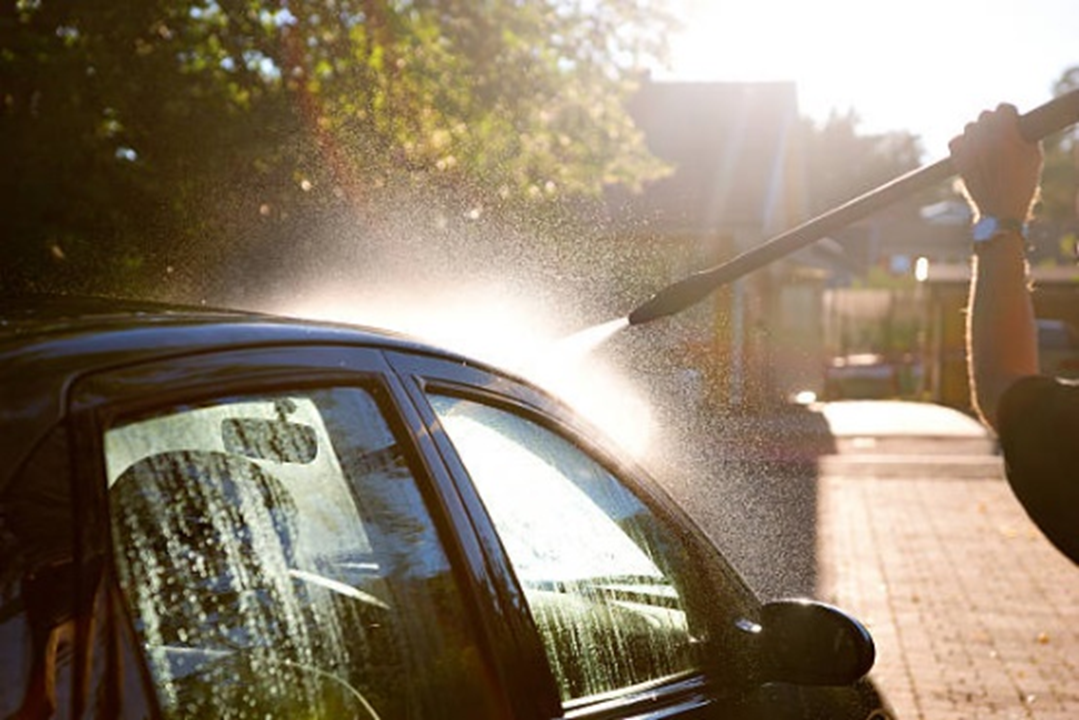
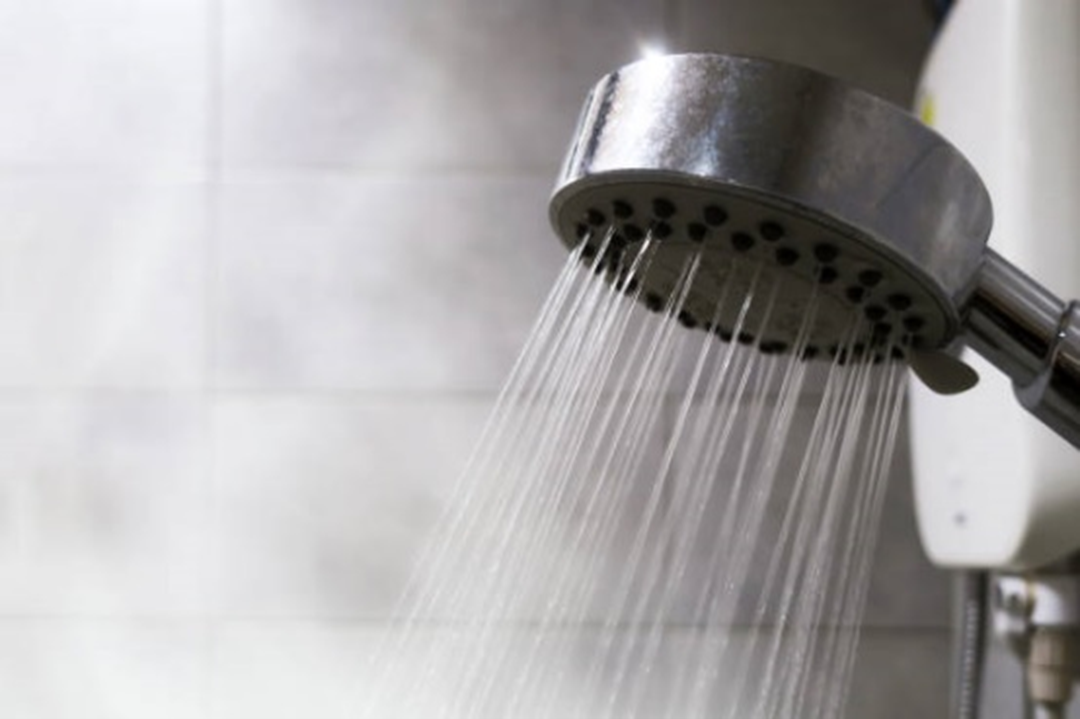
When water from these places turns into tiny droplets or mist, it can carry Legionella germs. If you breathe in (inhale) these droplets, you might get sick.
- The main way people get infected with Legionella is by breathing in tiny water droplets that contain the bacteria. These droplets can come from things like mist from power washers, fountains, hot tubs, or showerheads.
- Once inside the body, the bacteria are eaten by special cells called "macrophages." These cells are supposed to kill bacteria, but Legionella is tricky. It can create a protective shell around itself inside the macrophage, which protects it from being destroyed. (1)
While most healthy people won't get sick from it, Legionella can cause serious illness for people over 50, with lung issues, or conditions that weaken the immune system. Legionellosis, the illness caused by legionella, can lead to pneumonia, and has a 10-25 percent fatality rate for those who are affected.
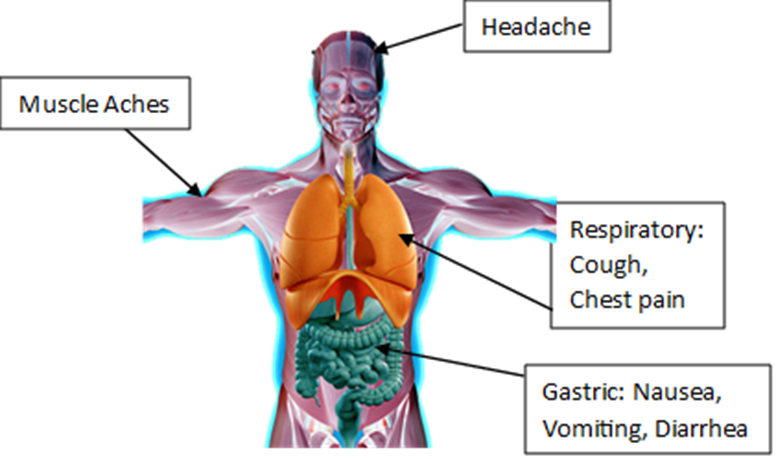
Graphic of the human body with arrows to locations of symptoms of legionellosis.
Signs and Symptoms of Legionellosis:
- Flu-like illness: Cough, high fever, muscle aches, tiredness, headache and malaise
- Respiratory symptoms: Shortness of breath, chest pain and chest discomfort
- Gastrointestinal symptoms: Diarrhea, nausea and vomiting
- Mental changes: Confusion, disorientation and balance problems
- Other symptoms: Excessive sweating, loss of appetite and stomach pain
To learn more visit: https://www.cdc.gov/drinking-water/prevention/preventing-waterborne-germs-at-home.html
All Facilities Guide for Flushing Potable Water
Why Should I Flush?
Flushing your potable (drinking) water system is a recommended control measure for reducing sediment and biofilm, controlling temperature, and preventing stagnation. Legionella and other opportunistic waterborne pathogens (bacteria and protozoa) that live in water can make people sick.
Stagnant or “still” water is a risk factor for the growth of Legionella for the following reasons:
- Cold water that warms to its surrounding temperature may allow bacteria (germs) to grow more rapidly.
- Hot water that cools may also reach a temperature that aids bacterial growth.
- Water age risk is exacerbated in warmer or hot water due to the acceleration of disinfectant (germ killer) loss for two reasons:
- Legionella grow faster in warmer water using up the disinfectants.
- Chlorine based chemicals naturally break down faster in hot water.
- Disinfectants such as chlorine added by the water treatment facility may begin to drop to levels that make them less effective or ineffective.
- Most City/Town water facilities inject disinfectants into the water supply to protect it from excessive bacterial growth.
- As water sits in pipes, these chemicals, often chlorine (Cl2) or monochloramines (NHCl2), will dissipate (fade/vanish) leaving the water unprotected.
- If water is continuously moving into and out of a building, it allows a continual stream of protective chemicals into the building.
- Without this reintroduction of disinfectants, the chemicals will dissipate leaving the water at a higher risk of Legionella and other pathogen growth.
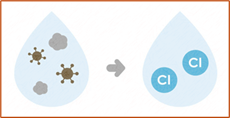
Ideally, water should not be in a building for longer than 72 hours, about 3 days. To manage water age, it is necessary to monitor how much water enters the building relative to the size of the water system. Hot and cold-water lines may need to be put on a flushing protocol depending on the building plumbing, water use, occupancy, temperature and other factors.
When should I flush?
Flushing is most often recommended when:
- A facility has been shut down or is at low occupancy because there are no or few occupants to flush or circulate water routinely.
- Large facilities that do not operate at or near 100% capacity due to natural occupancy patterns.
Facilities that are occupied by high-risk persons such as hospitals, healthcare facilities, nursing homes and senior living residences, should have a regular flushing protocol.
How often should I flush?
The minimum, most basic recommended approach for flushing:
- Flush outlets such as sinks and showers on a weekly basis.
- Clean and maintain water system components, such as thermostatic mixing valves, aerators, showerheads, hoses, filters, and storage tanks, according to manufacturer’s instructions. Organic materials in these components give Legionella and other pathogenic bacteria food that helps them thrive.
- Flush low-flow piping runs (pipes to areas with little to no water use) and dead legs (pipes that lead to nowhere) at least weekly.
- Flush infrequently used fixtures (e.g., eye wash stations, emergency showers) weekly as needed to maintain water quality parameters within control limits.
- Flush storage tanks and infrequently used equipment attached to the water system once per week.
- Healthcare facilities, senior living residences, and nursing homes should have a weekly flushing routine for any fixtures used infrequently (greater than or equal to 3 days without use).
How long should I flush?
- For cold water: Flush the cold-water line for a minimum of 5 minutes.
- For hot water: Flush the hot-water line until the maximum temperature is reached. Then conduct a flush for an additional 5 minutes. To ensure the maximum temperature has been reached, check and record the temperature every 30 seconds.
- Ensure disinfectant residual is detectable throughout the potable water system.

Sources:
https://www.cdc.gov/control-legionella/php/toolkit/potable-water-systems-module.html
https://legionellacontrolsystems.com/the-myth-of-testing-for-legionella-without-mitigation-why-testing-alone-isnt-enough/
https://legionellacontrolsystems.com/about-legionella/water-age-and-its-effects-on-legionella/

- WICRA: Water Infection Control Risk Assessment:
- Completed
- Accurate
- Updated regularly
- Flow Diagram: How does the water flow in your building?
- Incoming
- Heaters
- Recirculation pumps
- Tempering valves
- Sanitary Sewer
- Policies and Procedures: What are you doing for water management?
- Control Limits and Ranges:
- Temperature Range
- Disinfectant parameters
- Flushing protocols
- Water Quality Data:
- Legionella Testing
- Disinfectant parameters
- Temperatures
- Corrective Action Documentation:
- What did you do to correct:
- Low temperature
- Inadequate disinfectant levels?
- Work orders for Water Systems Maintenance:
- Ice machines
- Hot water Heaters
- Water fixtures
- Plumbing repairs
- Water disruptive activities
- Meeting: Annually and as needed.


